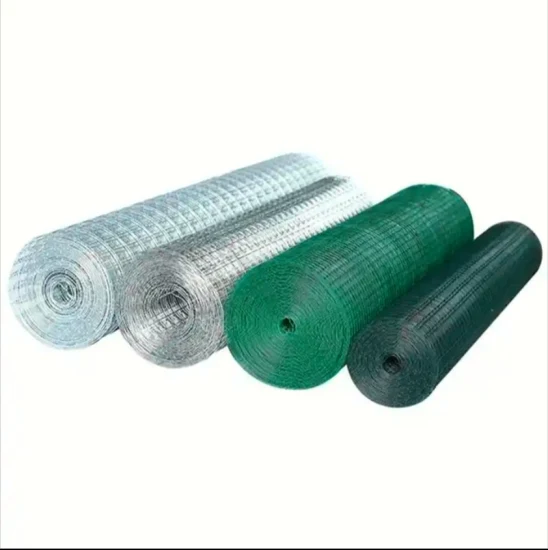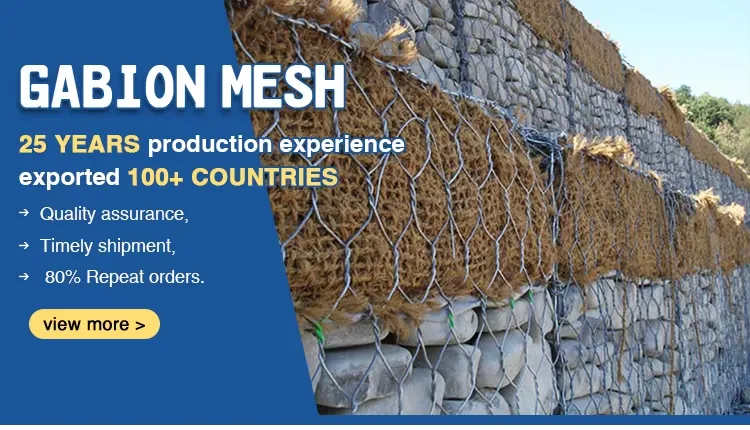Jan . 16, 2025 00:56 Back to list
grating types


5. Expanded Metal Gratings Created by cutting and stretching metal sheets, expanded metal gratings provide excellent structural support with minimal weight. They are perfect for applications requiring good ventilation and heat dissipation like plant walkways and shielding. Their single-piece construction offers a seamless, strong panel without welds or joins. 6. Dovetail Pressure Locked Gratings These are characterized by a precision locked grating system providing a clean look and an excellent strength grid. They are ideal for environments requiring aesthetically pleasing results without compromising structural integrity, like commercial centers or public spaces. Their fabrication requires precision engineering, making them a complex but rewarding choice. 7. Grating Stair Treads Specifically designed for use in stairways, these gratings provide superior safety thanks to the anti-slip nosing incorporated at the tread edge. With options available in steel, aluminum, and FRP, these treads cater to different needs, from industrial staircases to emergency exits. Their design prevents the accumulation of elements, thus ensuring a safe and clean surface. 8. Custom Gratings Beyond standard products, custom gratings fulfill unique specifications enabling bespoke solutions for specific projects. With advances in technology, manufacturers can precisely engineer gratings to meet demands for specific load ratings, sizes, or environments. In conclusion, selecting the appropriate grating type is critical, with each type offering distinct advantages tailored to specific industrial or commercial needs. Modern manufacturing techniques ensure that these structures are stronger, more durable, and more versatile than ever before. By consulting industry experts and employing high-quality materials, one can ensure the alignment of product choice with both environmental demands and safety regulations. For businesses and architects alike, this guide provides a clear pathway for selecting gratings that promise long-term reliability and performance.
Latest News
-
Premium Peach Post Fence | Durable & Stylish Security
NewsJul.31,2025
-
Best Galvanized Grating Price - Durable Galvanized Steel Grating Solutions
NewsJul.30,2025
-
0.5-4.0mm Wire 2×2 4×4 8×8 Hot Dipped Galvanized Welded Mesh Roll
NewsJul.30,2025
-
Metal Fence Pickets for Sale – Durable Galvanized & Steel Options
NewsJul.29,2025
-
Competitive Galvanized Grating Price for Durable Flooring Solutions
NewsJul.29,2025
-
Welded Wire Fencing Diamond Hole Anti Climb Razor Concertina Mesh Fence
NewsJul.29,2025
Our company owns has excellent CAD steel grating drawing designers, who can provide customers with perfect steel grating layout design and better meet customers' special requirements for products. We have been adhering to it the business tenet of "quality first, customer first", with high-quality products, reasonable prices, and the fastest delivery time, we wholeheartedly provide customers with a full range of services! Welcome new and old customers to cooperate sincerely and create brilliance together!
Contact Us
WELCOME TO OUR COMPANY!
Thank you for your interest in our services! If you have any questions or wousld like to book a service, please don’t hesitate to contact us. Our team is dedicated to providing you with the highest level of service and support, and we are committed to working with you to make your event a success.

Service Email

Service Phone
Product Center
Contact Us
- Phone: +86 +86 15733154345
- E-mail: sales@chengsenchina.com
- Address: B1213 GLOBAL CENTER, NO.226 ZHONGHUA NORTH STREET, SHIJIAHUANG, CHINA


























